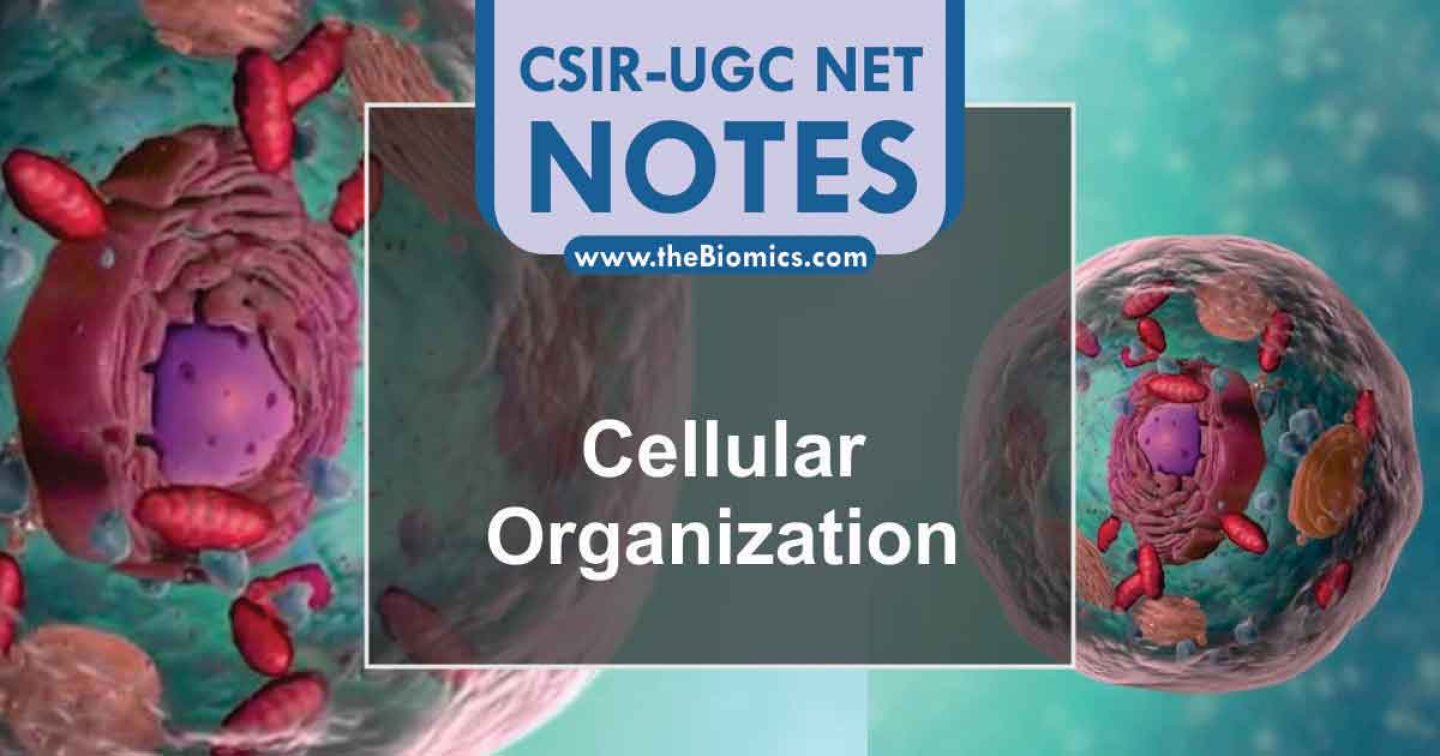
Cell Junctions
Eukaryotic cells being organised as a tissue, an organ or an organ system are in contact with either other eukaryotic cells or the extracellular matrix. Cell junctions are basically categorised as tight, anchoring and communicating junctions.

Interaction of an eukaryotic cell in an organ system
An eukaryotic cell in the organ system is well organised due to the presence of structures called cell junction for vital functionalities and integrity of the tissue participating in the organ system.
- Extracellular matrix
- Neighbouring cells
- Cells of same type
- Cells of different type
Types of Cell Junction
Different types of cell junctions help in achieving tissue specific function and thus giving distinct physiological structure.
- Tight junctions (sealing the passage between two plasma membranes)
- Anchoring Junctions (mechanically attach cells and their cytoskeleton)
- Communicating junctions (forming passage between two cells for the molecular movement)
Tight Junctions
Key points
- Cell to cell junction (may be between similar type of cells - hold cells together to create barriers)
- Impermeable to solutes and water
- Cells forming these junctions may have leaky channels to water, anions and cations
- Multiprotein junctional complexes
- Composed of branching network of sealing strands, working independently from others
- At least 40 proteins, transmembrane or cytoplasmic, involved -
- Occludin
- Claudins
- Junction adhesion molecules (JAM)
- These proteins through intermediate protein join to cytoskeletons
- In Invertebrates - Septate Junctions
- In Vertebrates - Occluding Junctions/Zonulae Occludentes
Functions
- Hold Cells together and make the space between plasma membranes impermeable
- creates barriers - protective barriers and functional barriers
- maintains polarity of the cells by preventing lateral diffusion of integral membrane proteins between apical and basal/lateral surfaces to preserve the function of the surface (for example, endocytosis of molecules on apical surface and exocytosis of molecule on basal surface)
- Some observations suggest that the normal regulation of cell proliferation in epithelial tissues may depend, in part, on intracellular signals that emanate from occluding junctions
Examples
- Epithelial cells using distinct types of barrier mechanism
- Epidermal cells forming layers of keratinized squamous cells
- Impermeable distal convoluted tubules and collecting ducts of nephron in kidney
- Less frequent junctional complexes or could be permeable to small molecules allow paracellular movement or become leaky in proximal tubule of the kidney
Anchoring Junctions
Key points
- Between two cells or cell and extracellular matrix
- Mainly to contribute anchorage of tissues or organs with extracellular matrix (extend through plasma membrane to cytoskeletal proteins in one cell to cytoskeletal proteins in neighboring cells as well as to proteins in the extracellular matrix) and widely distributed in animal tissues and are most abundant in tissues that are subjected to severe mechanical stress, such as heart, muscle, and epidermis
- form a tight seal between neighboring cells to restrict the flow of molecules between cells and from one side of the tissue to the other
- anchoring junctions regulate the motility of both single cells, tissue or organ
- Classified as
- Desmosomes (maculae adherents) - Intermediate filaments to other cells via cadherins
- Hemidesmosomes - Intermediate filaments to extracellular matrix via integrins
- Adherens Junctions - Actin filaments to either other cells via cadherins or extracellular matrix via integrins
Communicating Junctions
Key points
- Between two plant cells known as plasmodesmata and in between two animal cells known as gap junction having similar function
